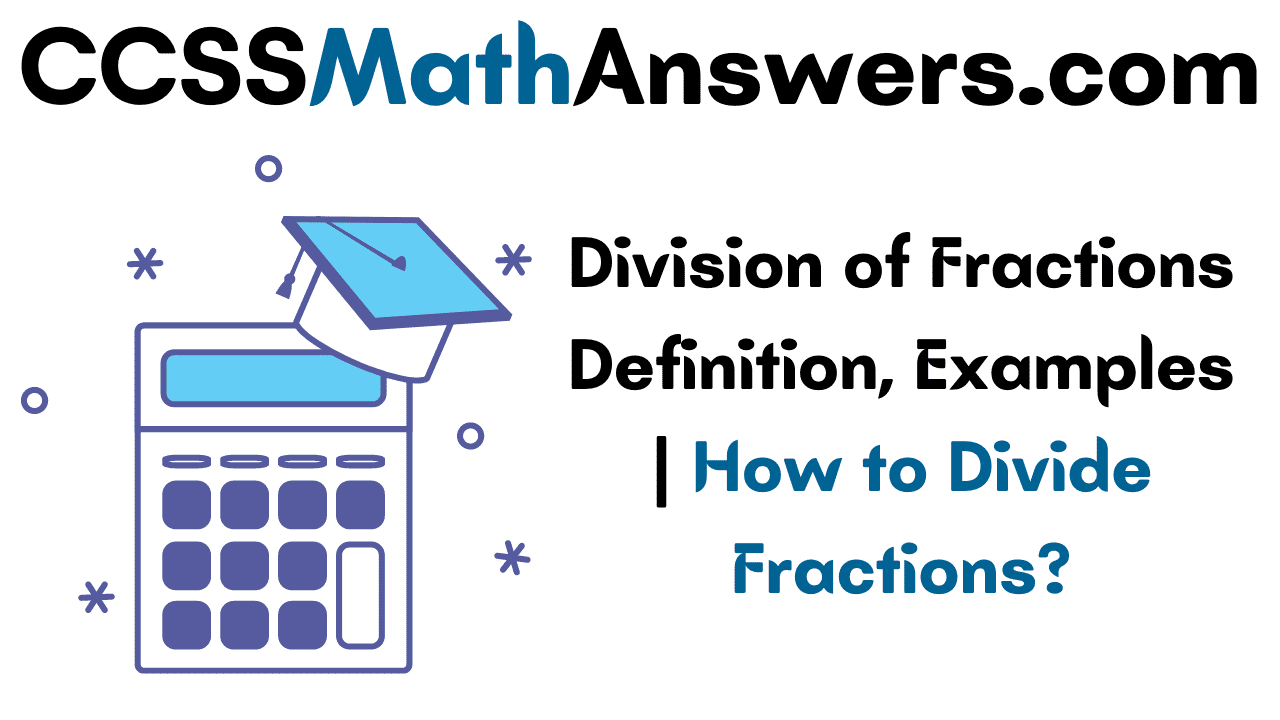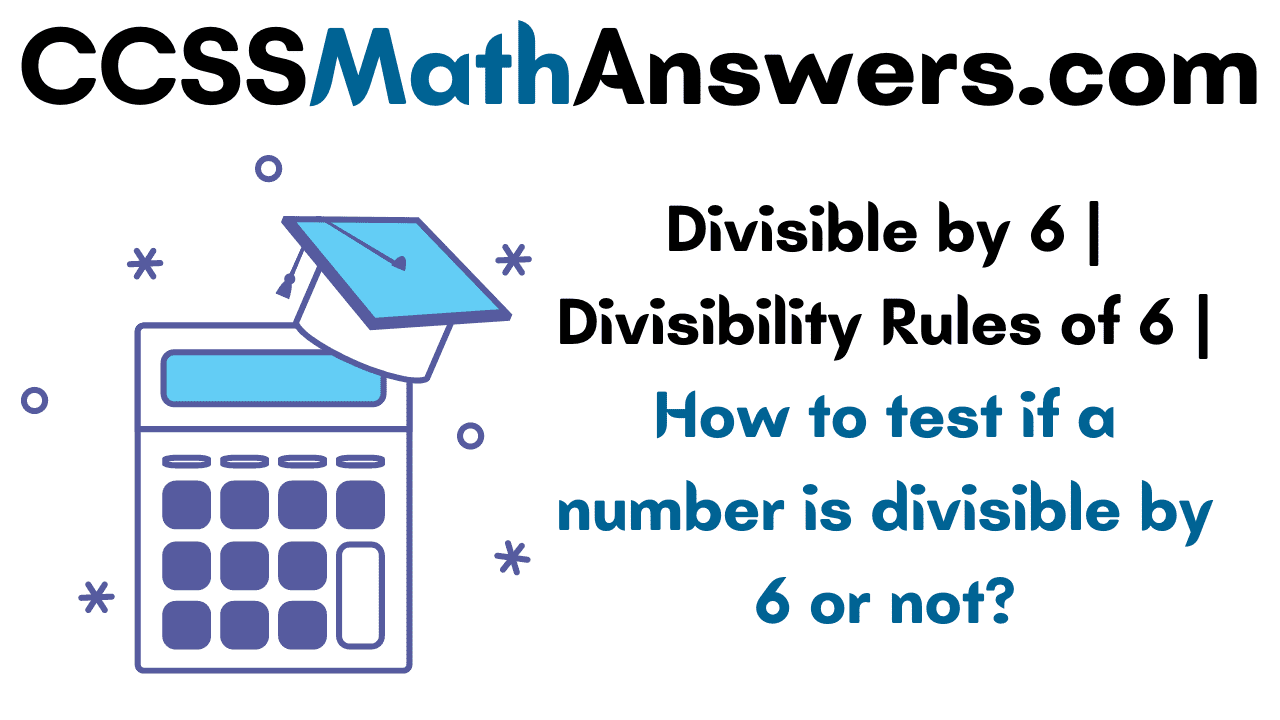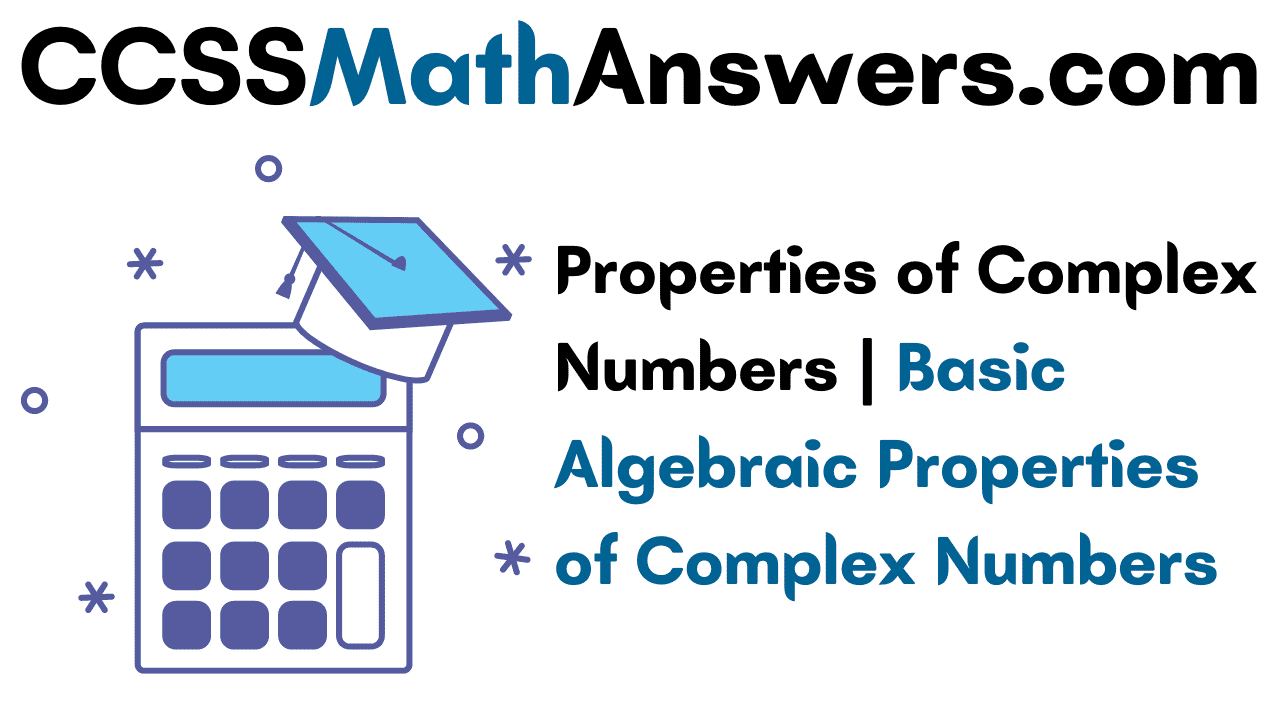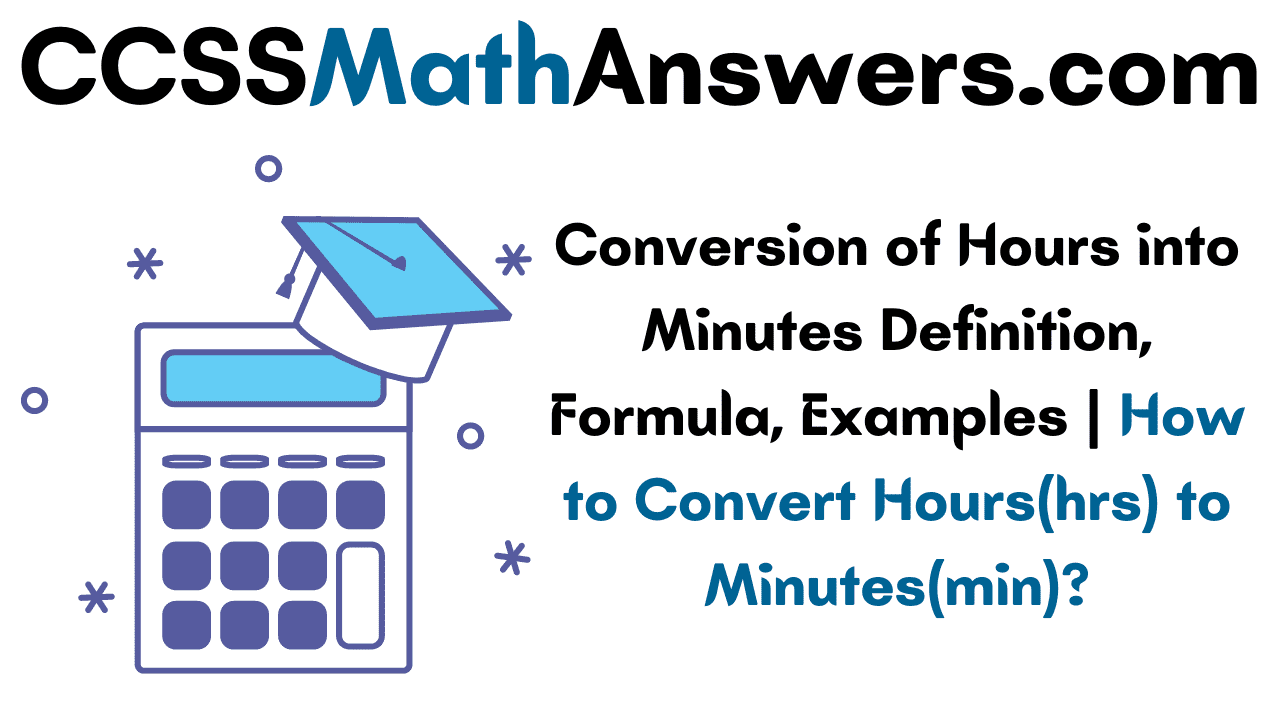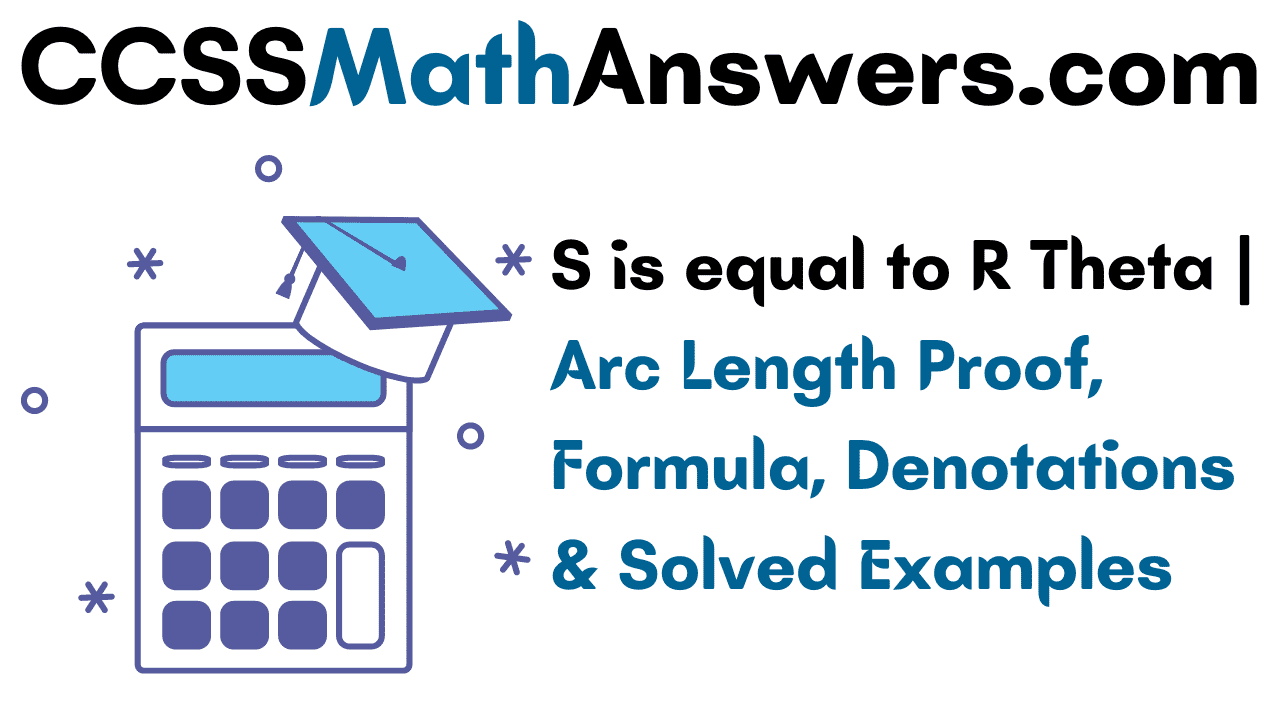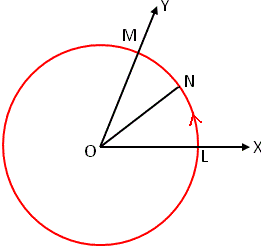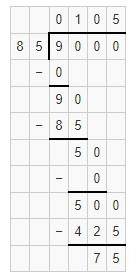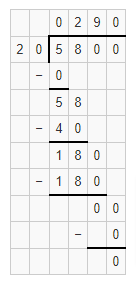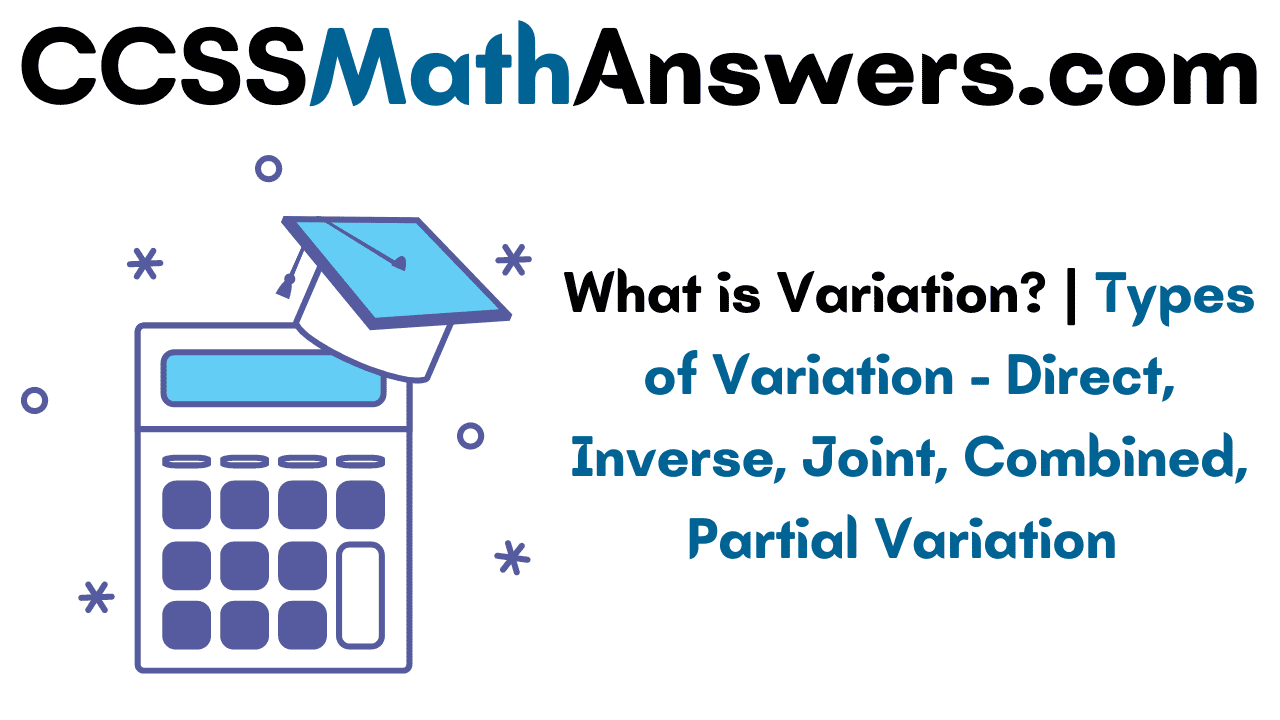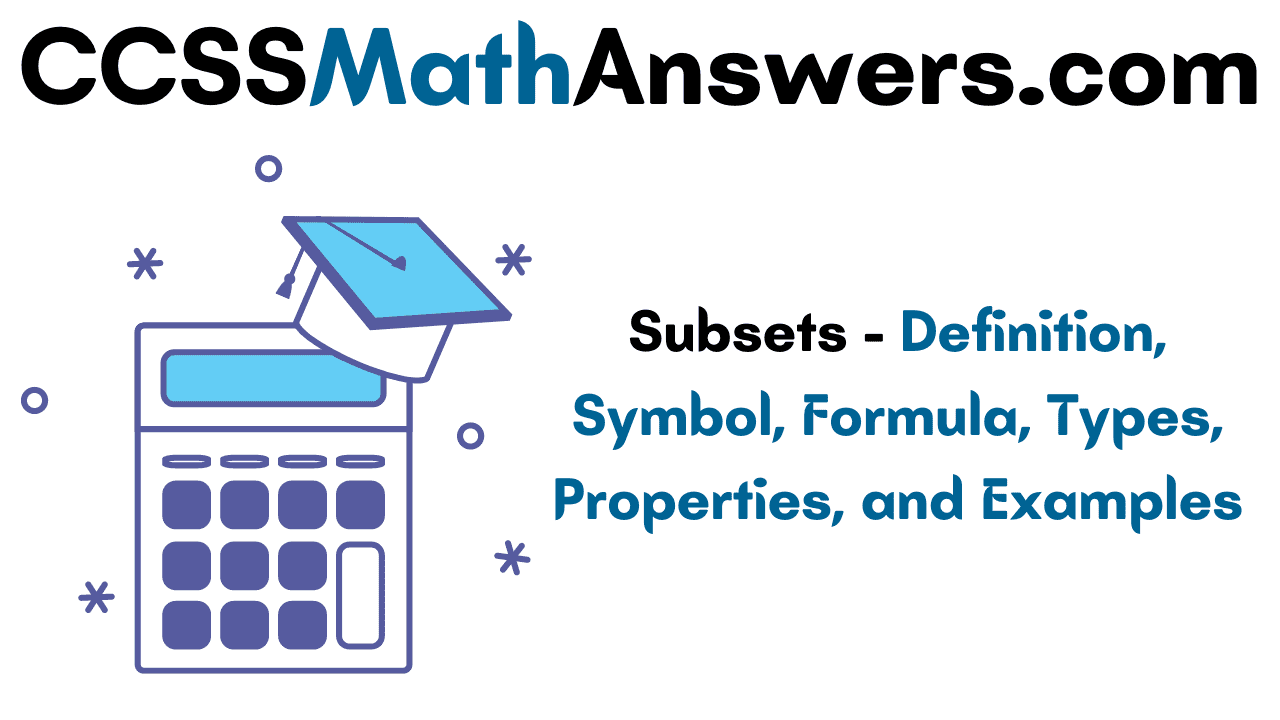Worksheet on Fractions is here. Know the step-by-step procedure to solve fraction problems. Refer to addition, subtraction, multiplication, and division of fractions to know the different model problems. Follow different terminology and rules to solve fraction problems. Various methods, rules, formulae involved in fractions operations are here. Go through the below sections to know more about the fractions.
Solved Problems on Simplifying Fractions
Problem 1:
Sameer has read three-fifth of the 75 pages of his book. How many more pages he needs to read to complete the book?
Solution:
As given in the question,
No of pages = 75
Sameer has read = \(\frac { 3 }{ 5 } \) of 75 pages
= \(\frac { 3 }{ 5 } \) x 75 pages
= 45 pages
Sameer has to read = (75-45) pages = 30 pages
Therefore, Sameer has to read 30 more pages.
Problem 2:
Ravi had Rs.675. He gave \(\frac { 13 }{ 15 } \) of the amount to Sam. Sam spent \(\frac { 9 }{ 15 } \) of the amount given to him. How much money is Sam left with?
Solution:
As given in the question,
The total amount of Ravi had = Rs.675
Amount of money Ravi gave to Sam = \(\frac { 13 }{ 15 } \) x Rs.675 = Rs. 585
Amount Sam spent = \(\frac { 9 }{ 15 } \) x Rs.675 = Rs. 351
Amount Sam is left with = Rs. 585 – Rs. 351 = Rs. 234
Problem 3:
Jagadish spends \(\frac { 3 }{ 5 } \) of his income on rent and \(\frac { 1 }{ 4 } \) of remainder amount on grocery. He saves the remaining amount.
a) What fraction of income does he save?
b) If he saves Rs.1029 per month, what is his monthly income?
Solution:
a) As given in the question,
Amount of income Jagadish spend = \(\frac { 3 }{ 5 } \)
Let Jagadish’s income be Re. 1
Money spent on rent = \(\frac { 3 }{ 5 } \) of Re. 1 – Re (1 x \(\frac { 3 }{ 5 } \)) – Re \(\frac { 3 }{ 5 } \)
Remainder = Re (1 – \(\frac { 3 }{ 5 } \)) = Re \(\frac { 5-3 }{ 2 } \) = Re \(\frac { 3 }{ 5 } \)
Money spent on grocery = \(\frac { 1 }{ 4 } \) of Re. \(\frac { 2 }{ 5 } \) = Re (\(\frac { 2 }{ 5 } \) x \(\frac { 1 }{ 4 } \)) = Re. \(\frac { 1 }{ 10 } \)
Saving = Re. (\(\frac { 2 }{ 5 } \) – \(\frac { 1 }{ 10 } \)) = Re. \(\frac { 3 }{ 10 } \)
Therefore, he saves \(\frac { 3 }{ 10 } \) of his total income.
b) From (a) we got to know that Jagadish saves \(\frac { 3 }{ 10 } \) of his total income.
Amount he saves per month = Rs. 1029
\(\frac { 3 }{ 10 } \) x (Total income) = Rs 1029
Total income = Rs (1029 x \(\frac { 10 }{ 3 } \) = Rs. 3430
Problem 4:
A baby rabbit was born \(\frac { 3 }{ 4 } \) of a month early. When it was born, its weight was \(\frac { 7 }{ 8 } \) kilogram. The weight at birth was \(\frac { 9 }{ 10 } \) kilogram less than the average weight of a newborn rabbit. What is the average weight of a newborn rabbit?
Solution:
No of months early a baby rabbit was born = \(\frac { 3 }{ 4 } \)
The weight of the baby rabbit = \(\frac { 7 }{ 8 } \) kilogram
Weight at birth less than the average weight = \(\frac { 9 }{ 10 } \)
Average weight of a newborn rabbit = \(\frac { 9 }{ 10 } \) + \(\frac { 7 }{ 8 } \)
= \(\frac { 9×8 }{ 10×8 } \) + \(\frac { 10×7 }{ 10×8 } \)
= \(\frac { 142 }{ 80 } \)
= 1\(\frac { 62 }{ 80 } \)
Problem 5:
In the zoo, \(\frac { 3 }{ 8 } \) of the staff are male. \(\frac { 7 }{ 12 } \) of the staff works part-time at the zoo. What is the fraction of the staff that is female?
Solution:
No of male staff = \(\frac { 3 }{ 8 } \)
No of part-time staff at zoo = \(\frac { 7 }{ 12 } \)
The fraction of the female staff = 1 – \(\frac { 3 }{ 8 } \)
= \(\frac { 8 }{ 8 } \) – \(\frac { 3 }{ 8 } \)
= \(\frac { 5 }{ 8 } \)
Problem 6:
The lions in the zoo are fed three times a day. During the morning feeding, \(\frac { 2 }{ 15 } \) tons of meat is fed. During the afternoon feeding, the weight of the meat will be \(\frac { 1 }{ 15 } \) ton meat fed during the morning. If the total weight of the meat in a day is \(\frac { 1 }{ 2 } \) ton, how much is fed during the feeding at night?
Solution:
As given in the question,
Morning feed = \(\frac { 2 }{ 15 } \)
Afternoon feed = \(\frac { 1 }{ 15 } \) more than morning
Therefore, afternoon feed = \(\frac { 2 }{ 15 } \) + \(\frac { 1 }{ 15 } \)
Total feed = \(\frac { 1 }{ 2 } \)
Total feed = \(\frac { 1 }{ 2 } \) = Morning Feed + Afternoon Feed + Evening Feed
Let the evening feed = xyz
Therefore xyz = \(\frac { 1 }{ 2 } \) – \(\frac { 2 }{ 15 } \) – \(\frac { 3 }{ 5 } \)
xyz = \(\frac { 1 }{ 2 } \) – \(\frac { 2 }{ 15 } \) – \(\frac { 3 }{ 15 } \)
=\(\frac { 15 }{ 30 } \) – \(\frac { 4 }{ 30 } \) – \(\frac { 6 }{ 30 } \)
= \(\frac { 15-4-6 }{ 30 } \)
= \(\frac { 5 }{ 30 } \)
= \(\frac { 1 }{ 6 } \)
Problem 7:
The monkey nursery is open two times a day: \(\frac { 2 }{ 3 } \) hours at noon and \(\frac { 5 }{ 12 } \) hours in the afternoon. How much time is the monkey nursery open everyday?
Solution:
As given in the question,
The fraction of part monkey nursery is open at noon = \(\frac { 2 }{ 3 } \)
The fraction of par monkey nursery is open at afternoon = \(\frac { 5 }{ 12 } \)
The time monkey nursery is open everyday = \(\frac { 2 }{ 3 } \) + \(\frac { 5 }{ 12 } \)
= \(\frac { 8 }{ 12 } \) + \(\frac { 5 }{ 12 } \)
=\(\frac { 13 }{ 12 } \)
=1\(\frac { 1 }{ 12 } \)
Problem 8:
An octopus weighed \(\frac { 5 }{ 6 } \) kilogram. After two weeks, its weight was increased by \(\frac { 3 }{ 10 } \) kilogram. But afterwards, it lost \(\frac { 1 }{ 5 } \) kilogram in weight as it was sick. What was the current weight?
Solution:
As given in the question,
Weight of the octopus = \(\frac { 5 }{ 6 } \) kgs
Weight after 2 weeks = \(\frac { 3 }{ 10 } \) kgs
Weight after it was sick = \(\frac { 1 }{ 5 } \) kgs
The current weight of octopus = \(\frac { 5 }{ 6 } \) + \(\frac { 3 }{ 10 } \) – \(\frac { 1 }{ 5 } \)
= \(\frac { 25 }{ 30 } \) + \(\frac { 9 }{ 30 } \) – \(\frac { 6 }{ 30 } \)
= \(\frac { 25+9-6 }{ 30 } \)
= \(\frac { 28 }{ 30 } \)
= \(\frac { 14 }{ 15 } \)
Problem 9:
Two types of fish can be found in a small tank that is 5\(\frac { 1 }{ 7 } \) feet long. A blue fish is \(\frac { 2 }{ 15 } \) feet long and an orange fish is \(\frac { 7 }{ 10 } \) feet long. How much longer is the orange fish?
Solution:
As given in the question,
No of fishes found in the tank = 2
Length of the fish = 5\(\frac { 1 }{ 7 } \)
Length of the blue fish = \(\frac { 2 }{ 15 } \)
Length of the orange fish = \(\frac { 7 }{ 10 } \)
The length of orange fish = \(\frac { 7 }{ 10 } \) – \(\frac { 2 }{ 15 } \)
= \(\frac { 21 }{ 30 } \) – \(\frac { 4 }{ 30 } \)
= \(\frac { 21-4 }{ 30 } \)
=\(\frac { 17 }{ 30 } \)
Problem 10:
Ila read 25 pages of a book containing 100 pages. Lalitha read \(\frac { 2 }{ 5 } \) of the same book. Who read less?
Solution:
As given in the question,
Ila read pages = 25
Lalitha read pages = \(\frac { 2 }{ 5 } \) of 100
= \(\frac { 2 }{ 5 } \) x 100
= 40
Therefore Ila read less number of pages.
Problem 11:
Javed was given \(\frac { 5 }{ 7 } \) of a basket of apples. What fraction of apples are left in the basket?
Solution:
As given in the question,
Total apples in the basket = 1
Javed was given =\(\frac { 5 }{ 7 } \)
Apples left in the basket = 1 – \(\frac { 5 }{ 7 } \)
= \(\frac { 7 }{ 7 } \) – \(\frac { 5 }{ 7 } \)
= \(\frac { 7-5 }{ 7 } \)
= \(\frac { 2 }{ 7 } \)
Problem 12:
Reena was given 1\(\frac { 1 }{ 2 } \) piece of cake and Meena was given 1\(\frac { 1 }{ 3 } \) piece of cake. Find total amount was given to both of them?
Solution:
As given in the question,
Reena got cake = 1\(\frac { 1 }{ 2 } \) = 3/2
Meena got cake = 1\(\frac { 1 }{ 3 } \)
Total cake = \(\frac { 3 }{ 2 } \) + \(\frac { 4 }{ 3 } \)
= \(\frac { 9+8 }{ 6 } \)
= \(\frac { 17 }{ 6 } \)
= 2\(\frac { 5 }{ 6 } \)
Problem 13:
Bailey’s restaurant bought 6\(\frac { 1 }{ 3 } \) pounds of onions. The restaurant bought 8 times as much potatoes as onion. How many pounds of potatoes did the restaurant buy?
Solution:
As given in the question,
Bailey’s bought pounds of onion = 6\(\frac { 1 }{ 3 } \)
No of times Baileys bought potatoes as onions = 8
No of pounds of potatoes the restaurant bought = 6\(\frac { 1 }{ 3 } \) x 8
= \(\frac { 19 }{ 3 } \) x \(\frac { 8 }{ 1 } \)
= \(\frac { 152 }{ 3 } \)
= 50\(\frac { 2 }{ 3 } \) pounds
Problem 14:
Betsy has \(\frac { 2 }{ 5 } \) of a cup of powdered sugar. He sprinkles \(\frac { 3 }{ 4 } \) of the powdered sugar onto a plate of brownies. How much sugar does Betsy sprinkle on the brownies?
Solution:
As given in the question,
Amount of powdered sugar = \(\frac { 2 }{ 5 } \)
Amount of sugar he sprinkled on a plate of brownies = \(\frac { 3 }{ 4 } \)
Amount of sugar he sprinkled on brownies = \(\frac { 2 }{ 5 } \) x \(\frac { 3 }{ 4 } \)
\(\frac { 3 }{ 10 } \) of a cup
Problem 15:
At Goshen High School, \(\frac { 1 }{ 2 } \) of the students play a sport. Of the students who play a sport, \(\frac { 1 }{ 2 } \) play football. What fraction of the students play football?
Solution:
As given in the question,
Fraction of students play sports = \(\frac { 1 }{ 2 } \)
Fraction of students play sport = \(\frac { 1 }{ 2 } \)
Fraction of students who play football = \(\frac { 1 }{ 2 } \) x \(\frac { 1 }{ 2 } \)
= \(\frac { 1 }{ 4 } \)
Therefore \(\frac { 1 }{ 4 } \) play football.

